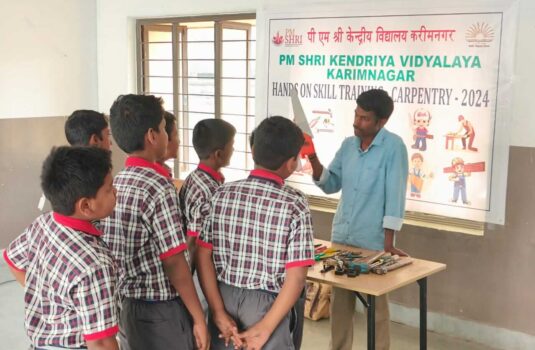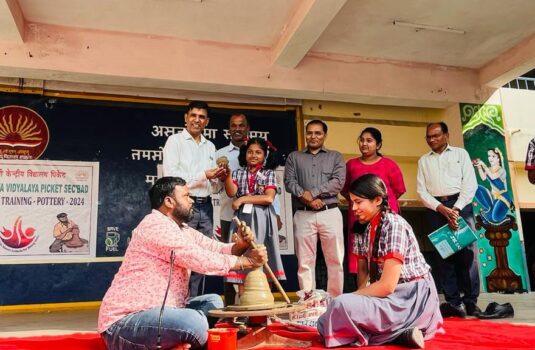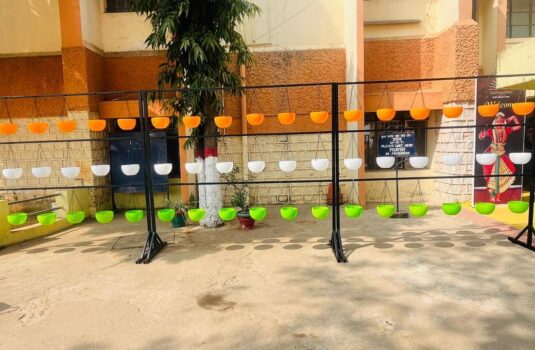Service Learning: “Connecting Classroom Knowledge to Real-world Impact through Community Projects:
Deleting the line between Education and Reality:
Education is complete only when education comes to use in reality. Service learning belongs to that kind. Our education system imparts knowledge to our brains but there is a small gap when it comes to implementation.
Malcolm X says “Education is our passport to the future, for tomorrow belongs only to the people who prepare for it today.” Service learning is the only tool that schools can utilize to make students understand the realities better. The students learn about the commonest problems in our community, and they learn about various solutions for the existing problems in our localities. But what they lack is practical exposure to those problems as well as their solutions in reality. As beautifully quoted by Albert Einstein “In theory, theory and practice are the same. In practice, they are not”.
Service learning is of various forms, here we are emphasizing service learning through volunteering for community projects.
School’s hands-on community projects:
Schools can have separate sessions and classes regarding community projects. The students can also be asked to survey the issues concerning any particular area or region. This will give an insight as to what is happening around them. Most students these days live on social media. They fail to see the actual things happening around them. They tend to live in their comfort zones. Community projects help them come out of their shells. The students can be made to volunteer towards certain community issues.
Benefits of Community projects:
Community projects make them understand, think and do the necessary things required. It makes them use their education wisely. Community projects activate a sense of responsibility in the students. Community projects help students to improvise and the communities to perish. Service learning imparts physical and mental strengthening to the students. Students are made to exert themselves both physically and mentally. Community learning will teach them endurance that can shape their futures.
Unity is strength:
This type of service learning will help the students learn to work in groups. They will know how to work harmoniously as a team. Working in teams will grow leadership qualities in them. The students will realise the strength of equality as well. They will develop from being sympathetic to empathetic towards various social problems.
The limitations of classroom knowledge will be eradicated through such projects. Their surroundings will become their classrooms, where they learn and implement their knowledge simultaneously. In classroom learning their focus tends to decrease depending upon their interests, but in service learning, they have no choice but to focus on whatever they are assigned to do. Service learning is also a good way to improve students’ focus towards rightful things. They tend to understand the fact that their existence has a strong purpose.
Conclusion:
Service learning through community projects helps the students to unleash their full potential, it helps them to motivate themselves and become noteworthy personalities in the future. Cape of Good Hope believes that practice makes the man perfect and inculcating practice from a young age is very important. Thus we at Cape of Good Hope inculcate and introduce children to varied community projects through our innovative programs around the year.





